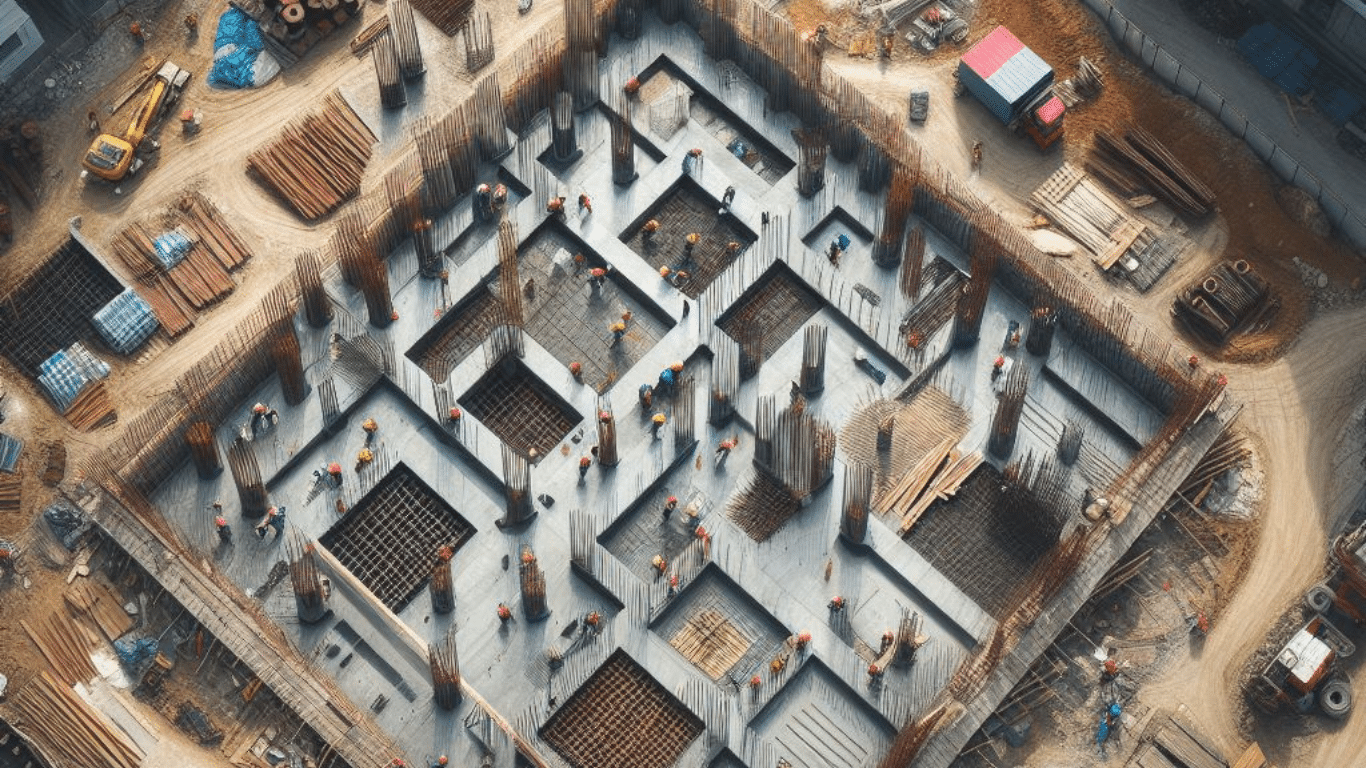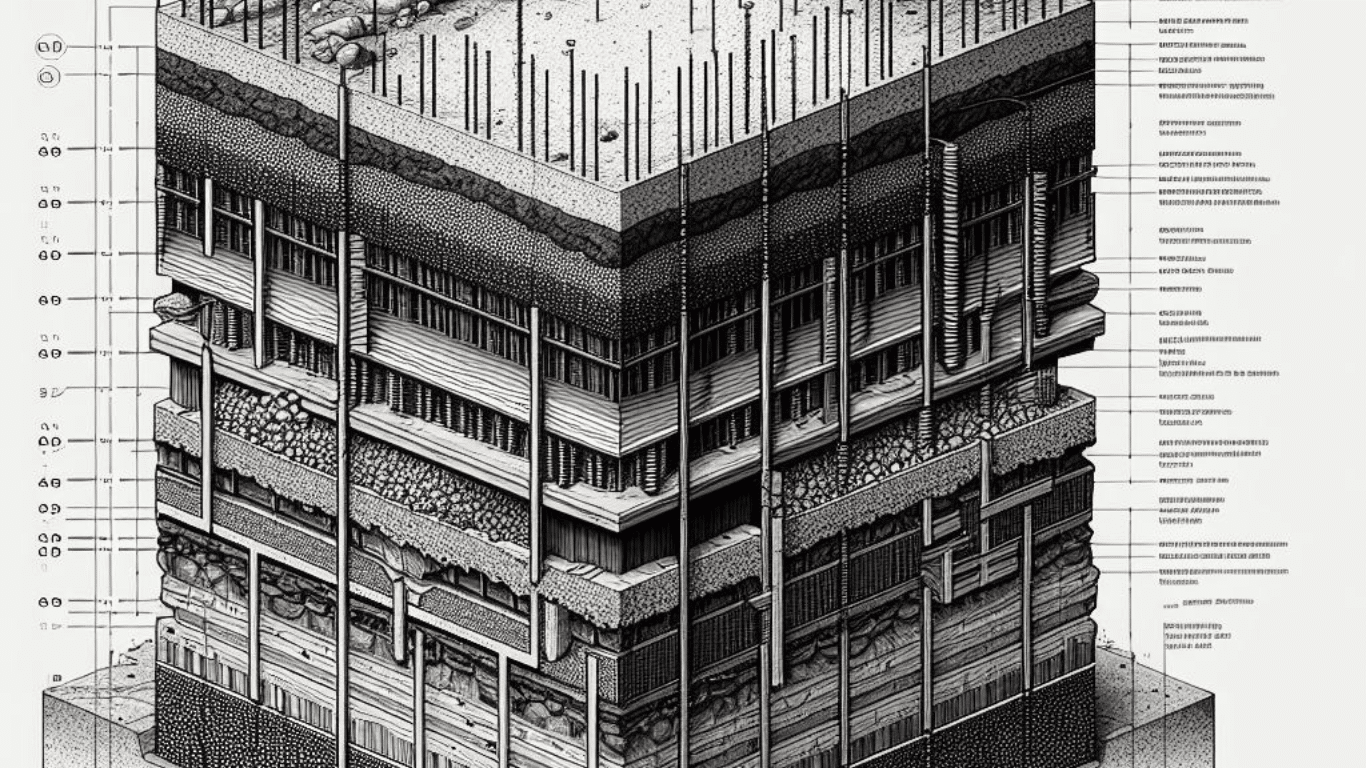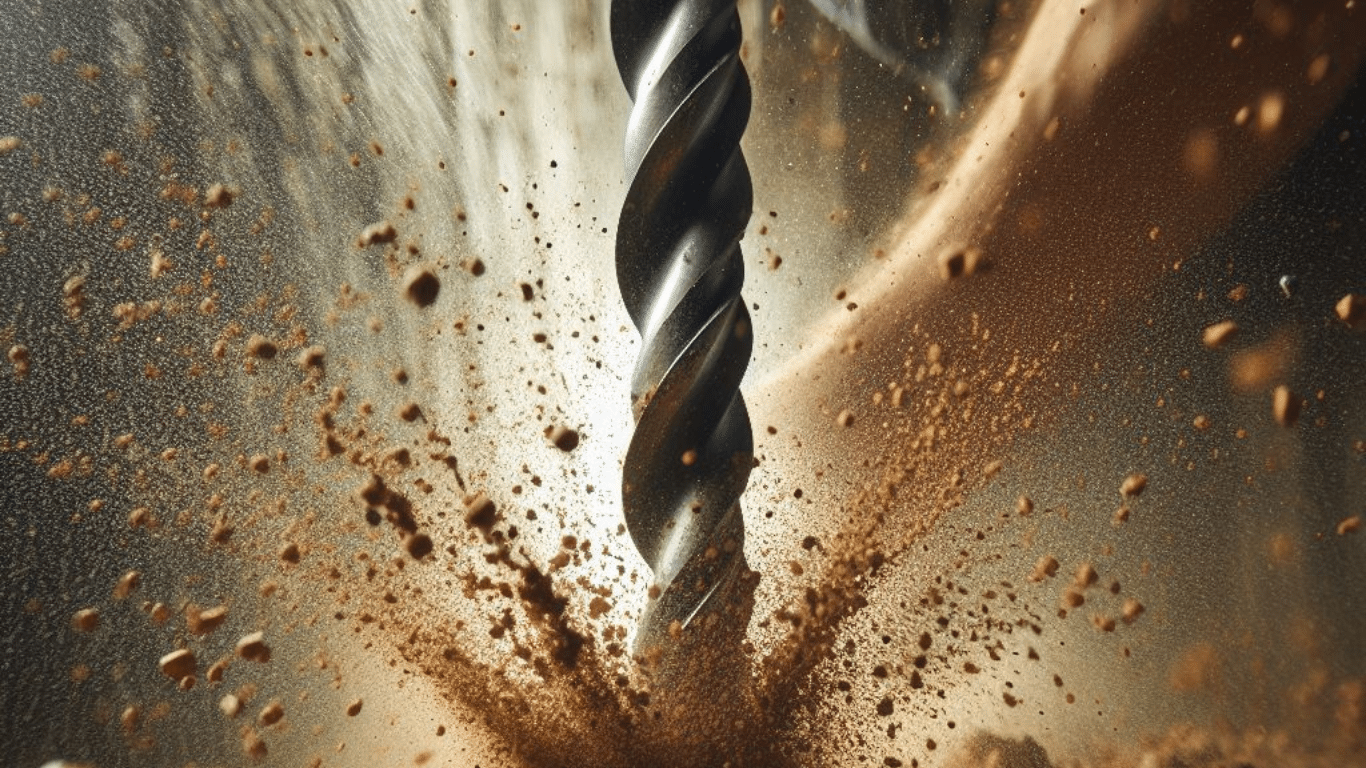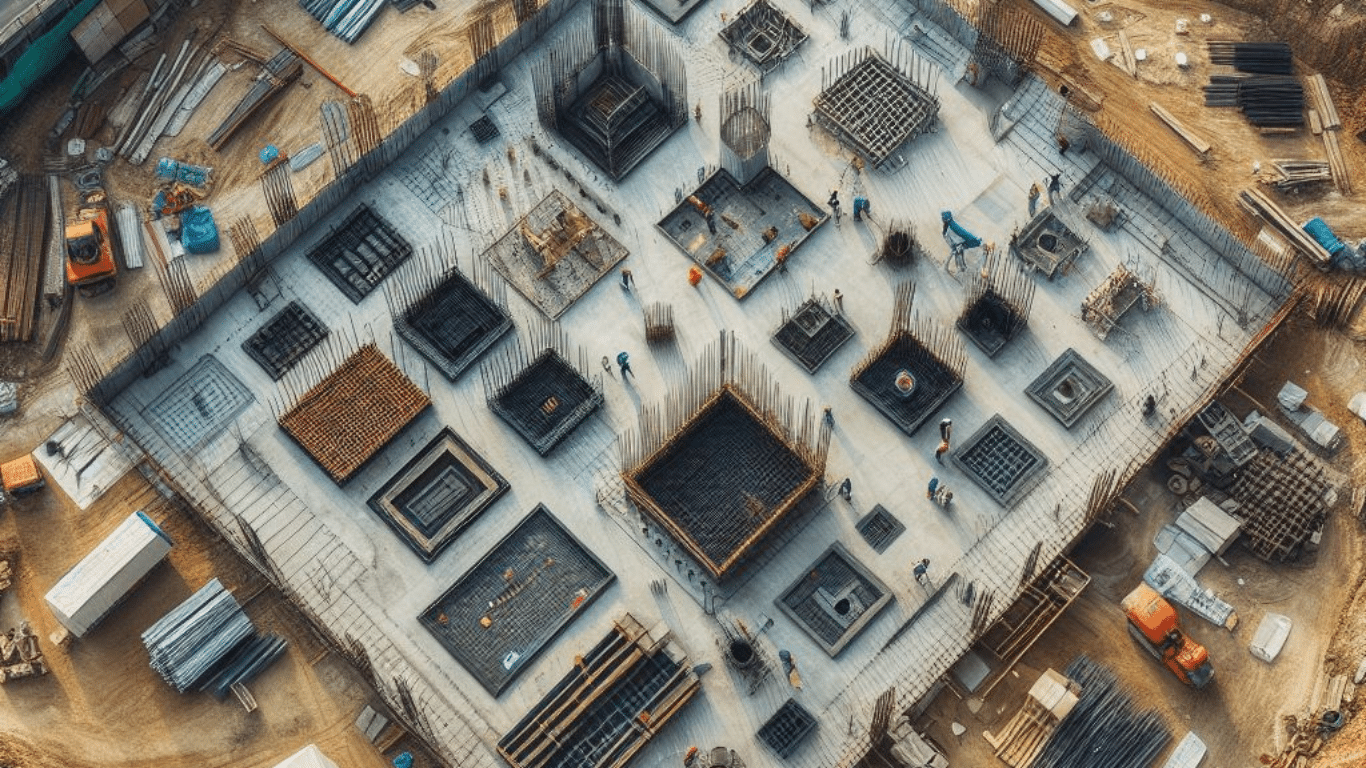Soil mechanics is the branch of civil engineering that deals with soil behavior under different conditions like loading, water content, and compaction. It helps engineers understand how soil reacts when structures like buildings, bridges, or roads are built on it. Soil mechanics are crucial in footing design because they ensure that the foundation of a structure is strong and stable.
By analyzing soil properties such as density, strength, and water content, engineers can determine the appropriate type and size of footings needed to support the weight of the structure and distribute it safely to the ground. Understanding soil mechanics helps prevent issues like settling, shifting, or even structural failure, ensuring the safety and longevity of buildings and infrastructure.
Understanding Soil Mechanics: The Key to Successful Footing Design
When we build structures like houses, bridges, or skyscrapers, we don’t just plonk them down on the ground and hope for the best. We need to consider what lies beneath—the soil. Soil mechanics is the science that helps us understand how soil behaves under different conditions and why it’s crucial for designing strong and stable footing for our structures.
What is Soil Mechanics?
Soil mechanics is like the detective work of construction. It’s all about investigating what’s happening beneath the surface. Soil is not just dirt; it’s a complex mixture of minerals, organic matter, water, and air. Understanding how these components interact under pressure is essential for engineers and architects to build safely and efficiently.
Components of Soil Mechanics:
- Particle Size
- Soil Types
- Water Content
Particle Size: Soil is made up of different-sized particles, ranging from tiny clay particles to larger sand and gravel particles. The arrangement of these particles affects how soil behaves.
Soil Types: There are various types of soil, such as sandy, clayey, and loamy soils. Each type has its own characteristics, like how much water it can hold or how easily it can be compacted.
Water Content: Water plays a significant role in soil mechanics. Too much water can make soil soft and unstable, while too little water can make it rigid and prone to cracking.
Importance of Soil Mechanics in Footing Design
Imagine building a house without a strong foundation—it would be like building a sandcastle too close to the tide. Footings are the foundation of any structure, and they rely heavily on soil mechanics for stability. Here’s why:
- Load-Bearing Capacity
- Settlement Prevention
- Stability Against External Forces
- Moisture Content Management
Load-Bearing Capacity:
Soil mechanics helps engineers determine how much weight the soil can support without collapsing. Different types of soil have different load-bearing capacities. For instance, sandy soil can bear less weight compared to clayey soil.
Settlement Prevention:
When a structure is built, it exerts pressure on the soil beneath it. Soil mechanics helps in understanding how much settlement or sinking can occur over time due to this pressure. Proper footing design can prevent excessive settlement, which can lead to structural damage.
Stability Against External Forces:
Soil mechanics also considers external forces like earthquakes or floods. By understanding soil behavior under these forces, engineers can design footings that can withstand such conditions, keeping the structure safe.
Moisture Content Management:
Soil mechanics helps in managing moisture content in the soil. Excess moisture can weaken the soil, leading to instability. Proper drainage systems and footing design based on soil mechanics principles can mitigate this risk.
Applying Soil Mechanics in Footing Design
So, how do engineers use soil mechanics to design footings? It’s like baking a cake—you need the right ingredients and the perfect recipe. Here’s how it’s done:
- Site Investigation
- Soil Testing
- Footing Design
- Continuous Monitoring
Site Investigation:
Before construction begins, engineers conduct a thorough site investigation. This involves collecting soil samples and analyzing them to understand their properties, like density, moisture content, and composition.
Soil Testing:
Soil testing helps determine the soil’s load-bearing capacity and its response to different forces. Tests like the Standard Penetration Test (SPT) or the Cone Penetration Test (CPT) provide valuable data for designing footings.
Footing Design:
Based on the soil investigation and testing results, engineers design footings that distribute the structure’s weight evenly over the soil. Factors like footing depth, width, and reinforcement are carefully calculated to ensure stability.
Continuous Monitoring:
Construction doesn’t stop once the footings are in place. Engineers monitor the soil and the structure throughout the construction process to ensure everything is going according to plan. Adjustments may be made if unexpected soil conditions are encountered.
key points of soil mechanics and its importance in footing design
Definition: Soil mechanics is a field of civil engineering that studies how soil behaves under different conditions, like pressure and moisture.
Understanding Soil: It helps engineers understand the characteristics of soil, like its strength, density, and how it reacts to forces.
Foundation Stability: Soil mechanics is crucial in footing design because it ensures the stability and strength of building foundations.
Preventing Settlement: By analyzing soil properties, engineers can prevent issues like settling, which can lead to structural damage over time.
Load Distribution: It helps engineers determine how to distribute the weight of a structure evenly across the soil to prevent uneven settling or collapse.
Choosing Footing Type: Soil mechanics guides engineers in selecting the right type of footing, whether it’s shallow or deep, based on soil conditions and the structure’s requirements.
Safety Assurance: Understanding soil mechanics ensures that buildings and structures are safe and secure for occupants, preventing accidents or collapses.
Longevity of Structures: By designing foundations based on soil mechanics principles, engineers can ensure the longevity of structures by minimizing the risk of damage or failure.
Environmental Impact: Soil mechanics also considers the environmental impact of construction, ensuring that structures are built sustainably and with minimal disruption to the surrounding soil and ecosystems.
Infrastructure Development: It plays a vital role in infrastructure development by providing a scientific understanding of soil behavior, enabling the construction of safe and durable roads, bridges, and buildings.
Conclusion
Soil mechanics is the backbone of footing design. It provides the knowledge and tools needed to create strong and stable foundations for our structures. By understanding how soil behaves under different conditions, engineers can ensure that buildings, bridges, and other structures stand the test of time. So, the next time you admire a towering skyscraper or walk across a sturdy bridge, remember that it all starts with the soil beneath your feet.
FAQs
What is soil mechanics?
Soil mechanics is a branch of civil engineering that studies how soil behaves under different conditions, like pressure and moisture.
Why is soil mechanics important?
It’s crucial because it helps engineers understand soil characteristics, ensuring stable foundations for buildings and infrastructure.
How does soil mechanics benefit footing design?
It ensures that footings are designed appropriately to distribute weight evenly and prevent settling or collapse.
What problems can soil mechanics help prevent?
It can prevent issues like uneven settling, structural damage, or even collapse of buildings.
How does soil mechanics contribute to safety? By designing foundations based on soil mechanics principles, engineers ensure structures are safe for occupants.
What role does soil mechanics play in construction longevity? It helps in designing foundations that minimize the risk of damage or failure, ensuring the longevity of structures.
How does soil mechanics consider environmental impact? It ensures sustainable construction practices, minimizing disruption to soil and ecosystems.
What types of footings can soil mechanics help choose? It guides engineers in selecting the right type of footing, whether shallow or deep, based on soil conditions and structural requirements.
Why is understanding soil behavior essential for infrastructure development? It provides a scientific understanding of soil behavior, enabling the construction of safe and durable roads, bridges, and buildings.
Who benefits from soil mechanics knowledge? Engineers, architects, and construction professionals benefit from understanding soil mechanics to ensure the safety and longevity of structures.





